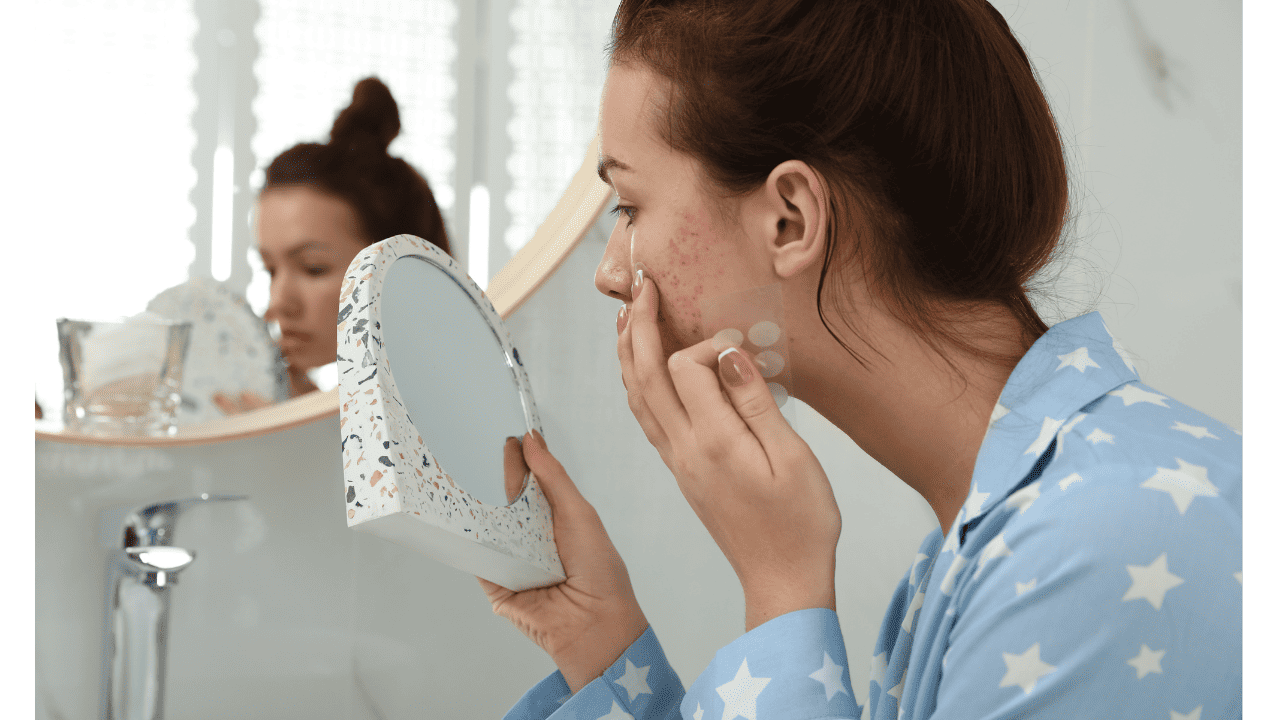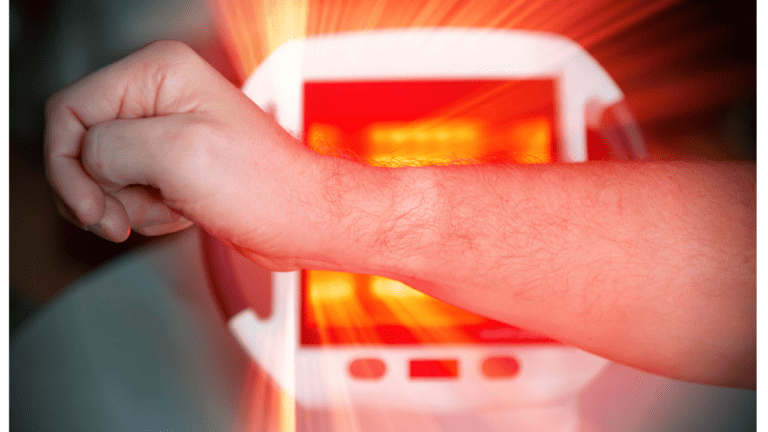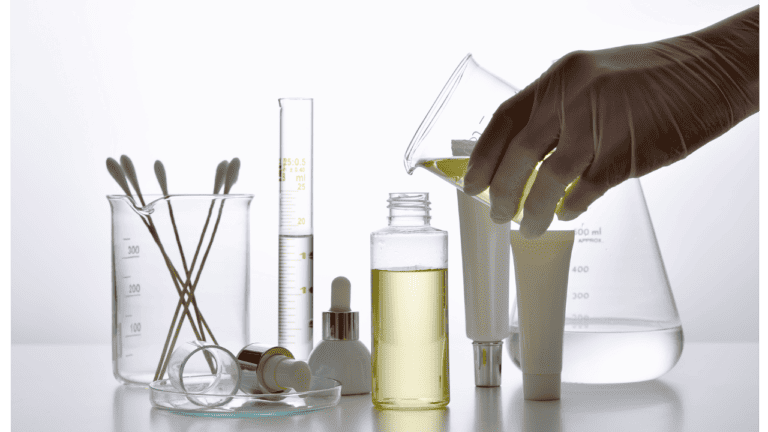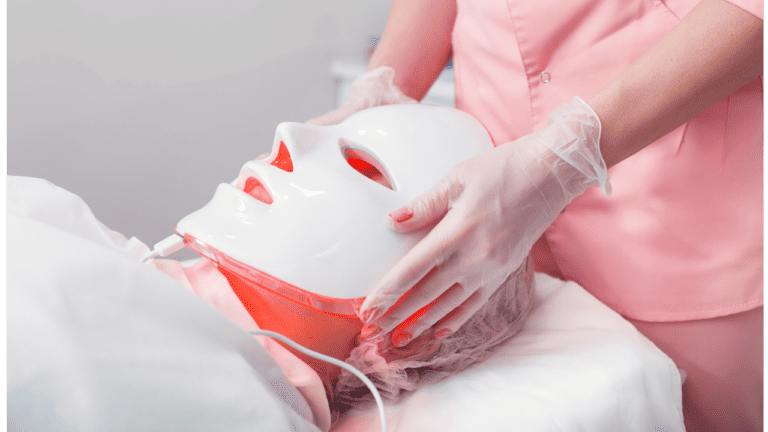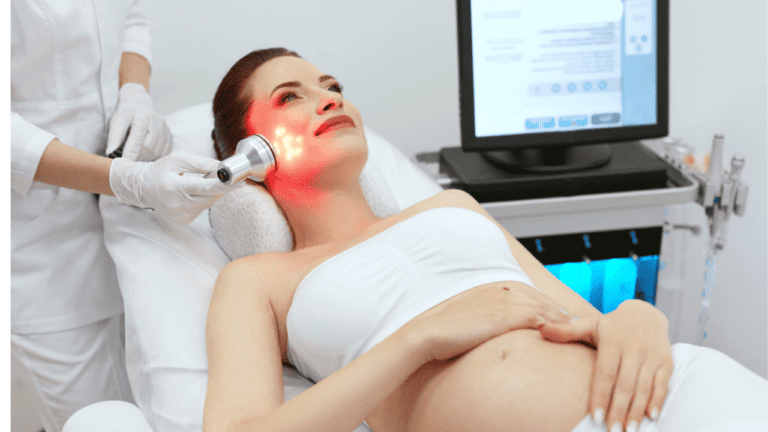Acne is a common skin condition that affects millions of people worldwide. It is caused by the overproduction of sebum, which clogs the pores and leads to the development of pimples, blackheads, and other blemishes. There are many treatments available for acne, including topical creams, oral medications, and even surgical procedures. One of the most popular treatments for acne is the use of acne patches.
Acne patches are small, adhesive patches that are placed directly onto pimples and other blemishes. They are designed to absorb excess oil and pus from the affected area, which can help to reduce inflammation and promote healing. Many people wonder if these patches actually pull out pus from the pimple. The answer is not exactly. It is the hydrated hydrocolloid patch that turns color when moist, indicating that it has absorbed the excess oil and pus from the pimple.
Key Takeaways
- Acne patches are a popular treatment for acne that helps to reduce inflammation and promote healing.
- The hydrated hydrocolloid patch turns color when moist, indicating that it has absorbed excess oil and pus from the pimple.
- Proper usage of acne patches and additional acne treatments can help prevent acne breakouts.
Understanding Acne
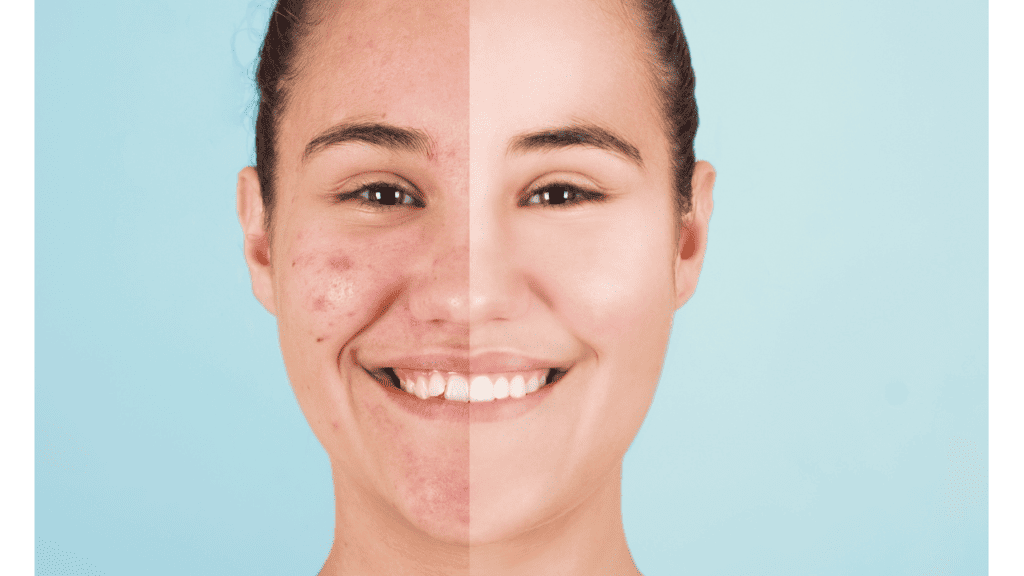
Acne is a common skin condition that affects millions of people worldwide. It is a chronic inflammatory disease of the hair follicles and sebaceous glands, which are located in the skin. Acne is characterized by the presence of pimples, blackheads, whiteheads, and other types of blemishes on the face, neck, chest, and back.
Causes of Acne
Acne is caused by a combination of factors, including excess oil production, dead skin cells, and bacteria. When oil and dead skin cells accumulate in the hair follicles, they can clog the pores and create an environment that is conducive to bacterial growth. This can lead to inflammation, redness, and the formation of pimples, blackheads, and whiteheads.
Types of Acne
There are several types of acne, including whiteheads, blackheads, papules, pustules, nodules, and cysts. Whiteheads and blackheads are non-inflammatory types of acne that occur when the hair follicles become clogged with oil and dead skin cells. Papules, pustules, nodules, and cysts are inflammatory types of acne that occur when the hair follicles become infected with bacteria.
Acne and Skin Type
Acne can affect people of all ages and skin types, but it is most common in teenagers and young adults. People with oily skin are more prone to developing acne because their skin produces more oil than normal. However, people with dry or sensitive skin can also develop acne if their skin becomes irritated or inflamed.
To treat acne, it is important to keep the skin clean and free of excess oil and dead skin cells. This can be achieved through regular cleansing, exfoliation, and the use of topical medications that contain benzoyl peroxide, salicylic acid, or retinoids. In addition, some people may benefit from oral medications, such as antibiotics or hormonal therapies.
In conclusion, while acne patches do not directly pull out pus, they can help to absorb excess oil and reduce inflammation. Understanding the causes and types of acne, as well as how it affects different skin types, is important in developing an effective treatment plan.
Acne Patches Explained
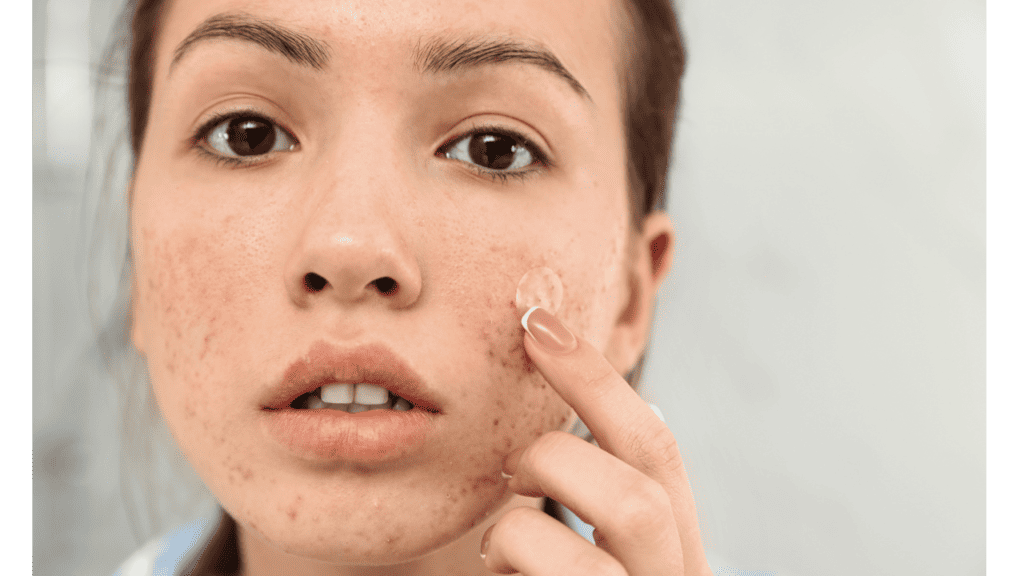
Hydrocolloid Technology
Acne patches are a type of wound dressing that uses hydrocolloid technology to create a moist environment that promotes wound healing. Hydrocolloid patches are made of a gel-like substance that is capable of absorbing fluids and turning into a gel-like mass. When applied to the skin, the patch creates an environment that is conducive to wound healing by providing a moist environment that reduces inflammation, redness, and blemishes.
Benefits of Acne Patches
Acne patches have several benefits when it comes to treating acne. They provide a protective barrier that prevents picking and scratching, which can lead to further infection and scarring. Acne patches are also effective at treating whiteheads, as they absorb the pus and oil that is trapped beneath the skin’s surface. In addition, acne patches can be used to treat deep cystic acne, as they provide a moist environment that promotes healing and prevents further infection.
Limitations of Acne Patches
While acne patches are effective at treating certain types of acne, they do have some limitations. Acne patches are not effective at treating blackheads, as they do not have the ability to penetrate the skin’s surface. In addition, acne patches are not a cure for acne, but rather a treatment option that can be used in conjunction with other acne treatments.
In conclusion, acne patches are an effective treatment option for certain types of acne, particularly whiteheads and deep cystic acne. They utilize hydrocolloid technology to create a moist environment that promotes wound healing and reduces inflammation, redness, and blemishes. While they do have some limitations, acne patches are a valuable tool in the fight against acne.
How Acne Patches Work
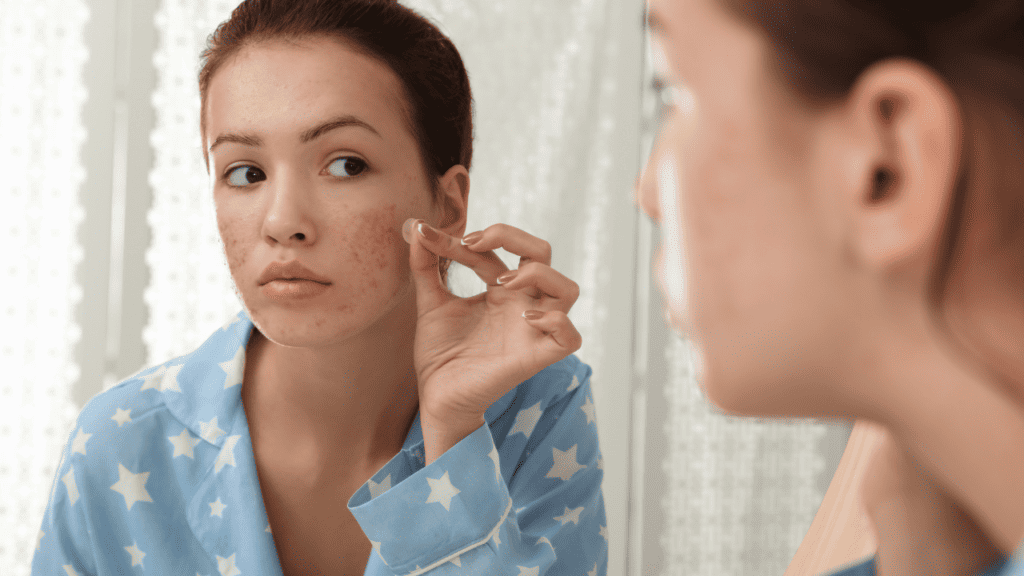
Acne patches are a type of hydrocolloid bandage that is designed to help clear blemishes and reduce healing time. The patches are made of a special adhesive material that is able to absorb pus and fluid from an inflamed pimple.
Absorption of Pus and Fluid
When an acne patch is applied to an inflamed pimple, the hydrocolloid material in the patch begins to absorb the pus and fluid that is present in the blemish. This helps to reduce the size of the pimple and prevent it from becoming more inflamed.
Color Change Indicator
One of the unique features of acne patches is that they contain a color change indicator. This is a special material that turns color when it comes into contact with moisture. As the hydrocolloid material in the patch absorbs pus and fluid from the pimple, the color change indicator will turn from clear to white.
Prevention of Scarring
In addition to reducing healing time, acne patches can also help to prevent scarring. When a pimple is left untreated, it can often leave a dark spot or scar on the skin. By using an acne patch to absorb the pus and fluid from the pimple, the skin is able to heal more quickly and without scarring.
Overall, acne patches are an effective and easy-to-use tool for treating blemishes. By using a hydrocolloid patch, individuals can clear their skin without the need for harsh chemicals or invasive treatments.
Proper Usage of Acne Patches
Acne patches are a popular treatment for acne-prone skin. They work by creating a moist environment that helps to hydrate the skin and promote healing. These patches are typically made from a hydrocolloid material that turns color when moist, indicating that it is time to replace the patch.
Application Process
To apply an acne patch, first, make sure that the skin is clean and dry. Avoid using any cleansers that contain alcohol or other irritating ingredients, as these can cause the skin to become dry and irritated. Once the skin is clean, carefully remove the patch from its packaging and apply it to the affected area. Press down gently to ensure that the patch adheres to the skin.
When to Replace Patches
Acne patches should be replaced every 24 hours or as needed. If the patch becomes saturated with pus or other fluids, it should be replaced immediately. It is important to avoid leaving the patch on for too long, as this can cause the skin to become overly moist and lead to further breakouts.
Complementary Skin Care
Acne patches work best when used in conjunction with good skin care practices. This includes using gentle cleansers and avoiding harsh scrubs or exfoliants. It is also important to avoid picking or squeezing pimples, as this can cause further irritation and lead to scarring.
Topical treatments such as benzoyl peroxide or salicylic acid can also be used in conjunction with acne patches to help clear up breakouts. However, it is important to be cautious when using these products, as they can be drying and irritating to sensitive skin.
Overall, acne patches can be a helpful addition to any good skin care routine. By following proper usage guidelines and using complementary skin care products, individuals can achieve clearer, healthier skin.
Additional Acne Treatments
Acne patches have become increasingly popular in recent years due to their ability to reduce the appearance of pimples overnight. However, there are other acne treatments available that can be used in conjunction with acne patches to improve overall acne-fighting results.
Topical Medications
Topical medications are often the first line of defense against acne. Salicylic acid and benzoyl peroxide are two of the most commonly used acne-fighting ingredients found in topical medications. Salicylic acid helps to unclog pores and reduce inflammation, while benzoyl peroxide kills acne-causing bacteria.
Retinoids are another type of topical medication that can be used to treat acne. They work by increasing cell turnover and preventing clogged pores. However, retinoids can be irritating to the skin and should be used with caution.
Oral Medications
For more severe cases of acne, oral medications may be necessary. Antibiotics can be used to reduce inflammation and kill bacteria, while oral contraceptives and spironolactone can be used to regulate hormones that contribute to acne.
Professional Procedures
If topical and oral medications are not effective, a dermatologist may recommend professional procedures such as injections or laser therapy. Injections of corticosteroids can be used to reduce inflammation and promote healing, while laser therapy can be used to reduce the appearance of acne scars.
While acne patches can be a helpful tool in reducing the appearance of pimples, they should not be relied upon as the sole treatment for acne. It is important to consult with a dermatologist to develop a personalized treatment plan that addresses the underlying causes of acne.
Preventing Acne Breakouts
Acne breakouts can be frustrating and difficult to manage. While there is no guaranteed way to prevent them entirely, there are steps that can be taken to reduce the frequency and severity of breakouts. In this section, we will explore some lifestyle changes, skin care routines, and common triggers to avoid.
Lifestyle and Diet
A healthy lifestyle can have a positive impact on the skin. Regular exercise, stress management, and a balanced diet can help maintain clear skin. Consuming a diet rich in fruits, vegetables, and whole grains can provide the necessary nutrients for healthy skin. Additionally, drinking plenty of water can help keep the skin hydrated and reduce the appearance of breakouts.
Skin Care Routine
Developing a good skin care routine is essential to maintaining clear skin. This includes cleansing, exfoliating, moisturizing, and sun protection. It is important to choose products that are appropriate for your skin type and to avoid using harsh or abrasive products that can irritate the skin. Consistency is key when it comes to skin care, so it is important to establish a routine that works for you and stick to it.
Avoiding Common Triggers
There are several common triggers that can cause acne breakouts. These include hormonal changes, stress, certain medications, and environmental factors such as pollution. It is important to identify and avoid these triggers whenever possible. Additionally, avoiding the temptation to squeeze or pick at pimples can help prevent further breakouts and scarring.
In conclusion, preventing acne breakouts requires a combination of healthy lifestyle choices, a good skin care routine, and avoiding common triggers. By taking these steps, individuals can improve the overall health and appearance of their skin.
Frequently Asked Questions
Can leaving a hydrocolloid patch on for an extended period cause skin issues?
Leaving a hydrocolloid patch on for an extended period can cause skin issues such as irritation, redness, and itching. It is recommended to change the patch every 24 hours to avoid any potential problems. If you experience any discomfort or adverse reaction, it is best to remove the patch immediately.
What is the reason behind hydrocolloid bandages turning white when used?
Hydrocolloid bandages turn white when used because of their ability to absorb moisture from the skin. The bandage contains a gel-like substance that turns into a white, opaque material when it comes into contact with moisture. This indicates that the patch is working and has absorbed the excess moisture from the pimple or blemish.
Is it possible for a hydrocolloid patch to cause a temporary red mark on the skin?
It is possible for a hydrocolloid patch to cause a temporary red mark on the skin. This is because the patch creates a seal around the pimple or blemish, which can cause a small amount of pressure on the surrounding skin. This pressure can result in a temporary red mark, but it should disappear within a few hours. If the redness persists or you experience any pain or discomfort, it is best to remove the patch and consult a dermatologist.
Overall, hydrocolloid patches are a safe and effective way to treat pimples and blemishes. However, it is important to use them correctly and follow the instructions provided to avoid any potential skin issues.
